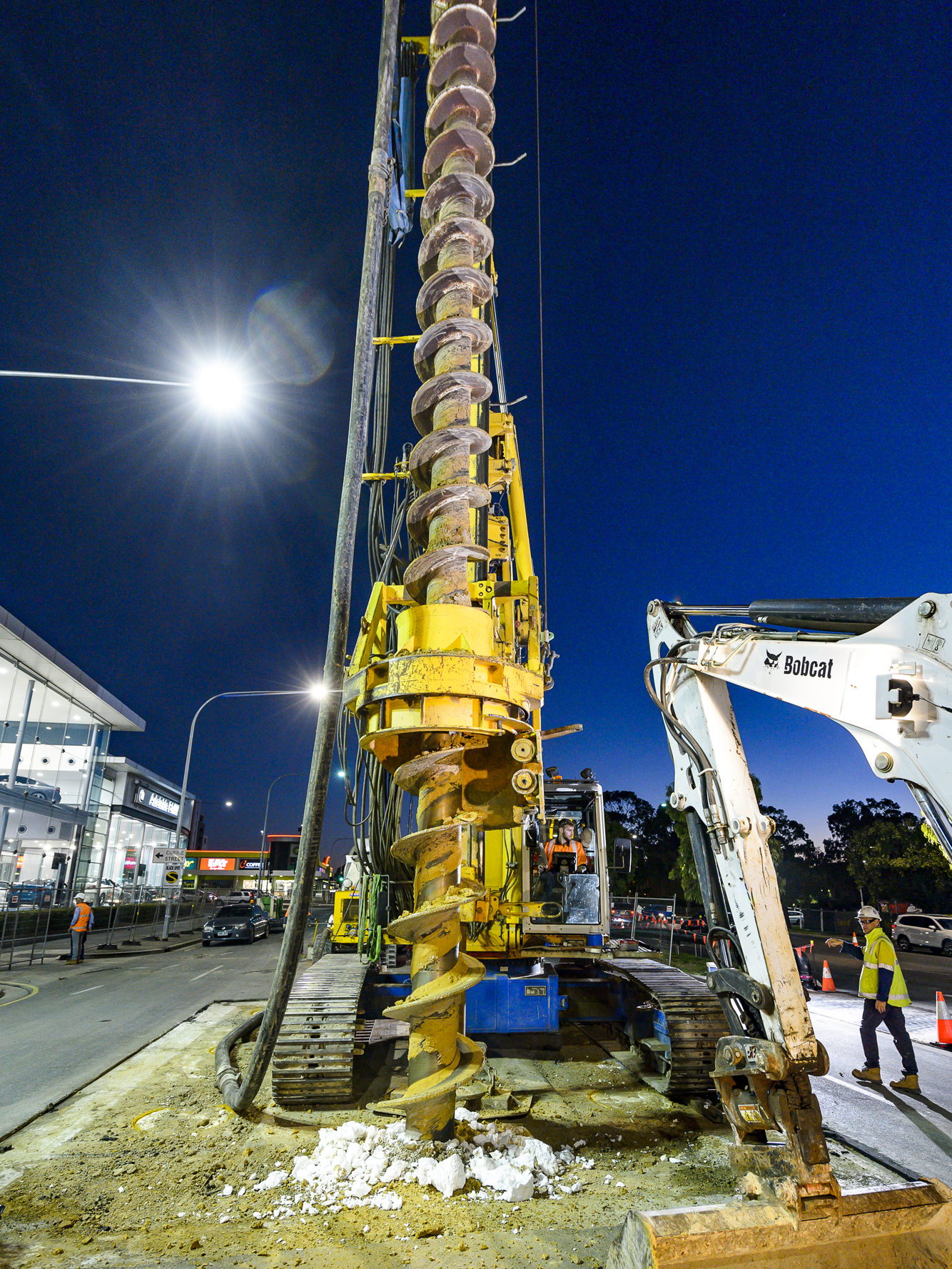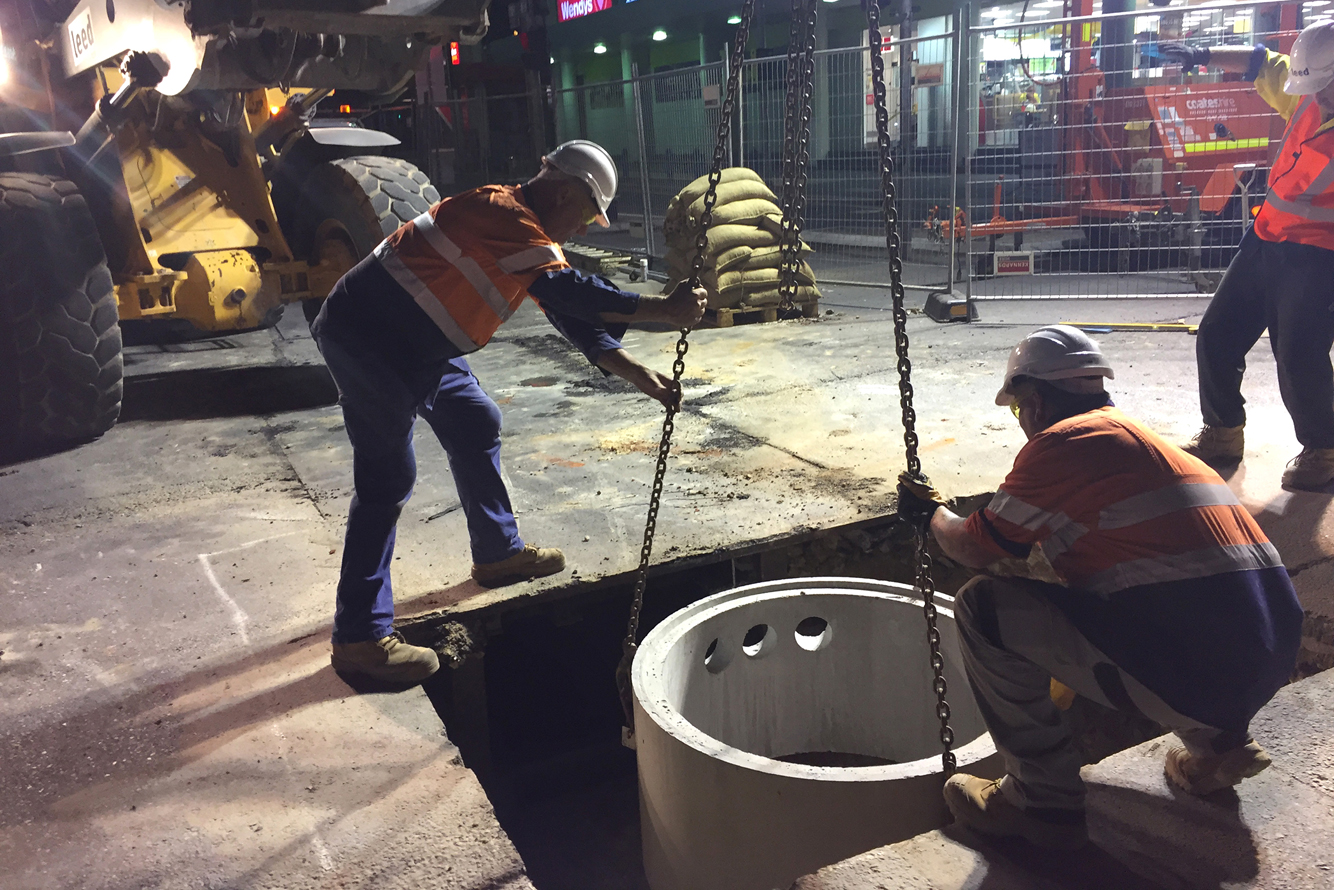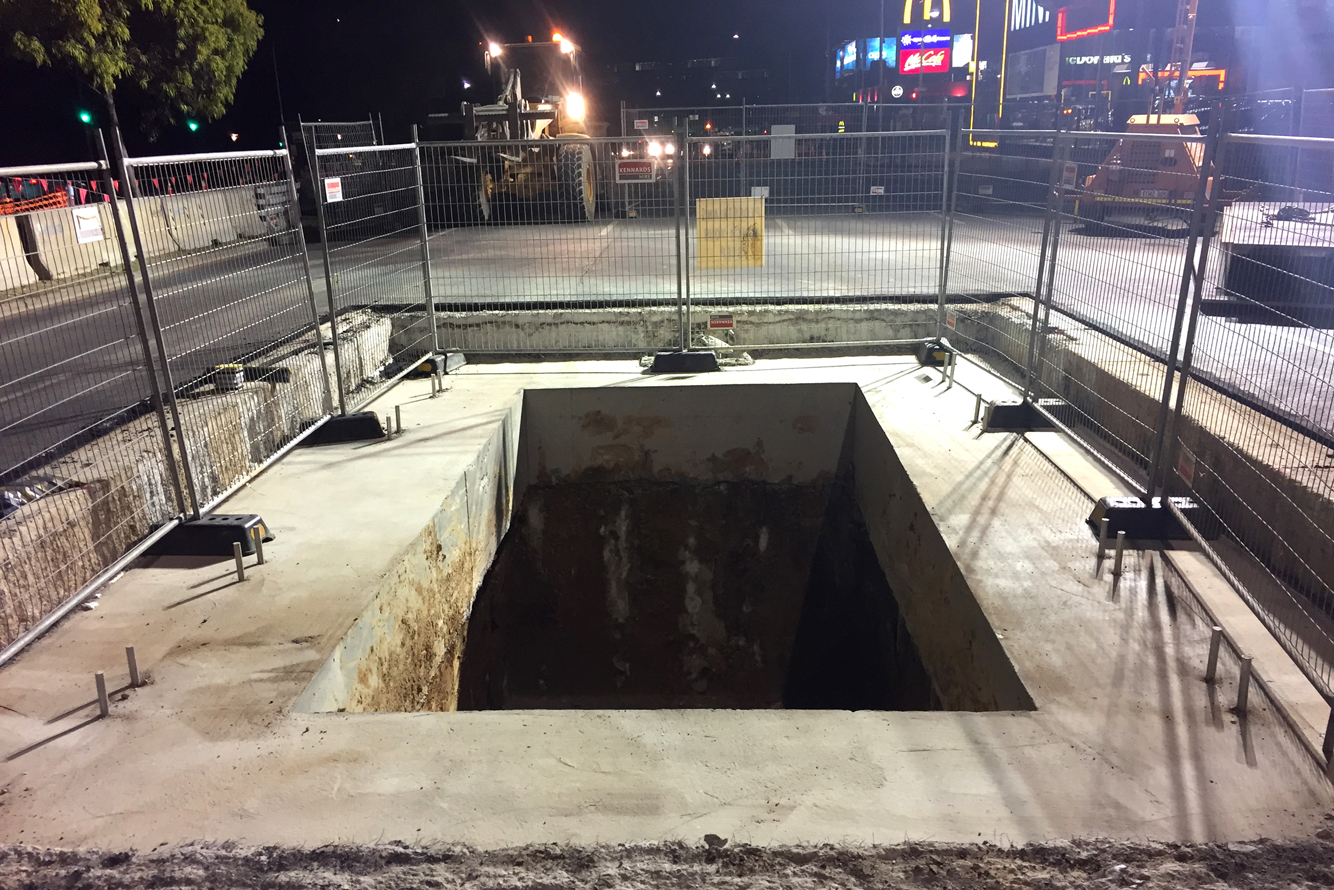Outcomes
This project has showcased new approaches to working with live oviform mains, isolate and bypass pump deep, high flowing mains, all without impacting the catching network and commuters on highly trafficked roads.
- The development of new siphon chambers consisting of three mains to take the ADWF, PWWF and ventilation through the siphon infrastructure, will be a guide for future SA Water projects when implementing a similar system.
- The innovative prefabricated GRP manholes allowed for more rapid installation and improved safety by not having extended works within deep chambers as is typical with traditional concrete chambers. This method has already been adopted by the client for other projects and the concept can be adapted to other industries and processes.
- Access and egress to the chambers for maintenance and operational staff was carefully thoughts through with stakeholders addressing all previous risks and issues previously outdated siphon chambers were experiencing.
- The planning and scheduling of works in highly built up parts of the CBD that receive significant amounts of wastewater flows required a well planned and executed bypass pumping arrangement. Pushing the design envelopes for the bypass pumping pipework allowed for a significantly reduced pipework (laid above ground) footprint.
The project has achieved a very good result from an environmental perspective, minimising impacts on the River Torrens and its ecosystem, decreasing potential overflows and avoiding damage to important trees in the parklands. Diversion of sewer flows from the existing sewer in West Tce also avoided areas of cultural significance surrounding the railway corridor and the River Torrens north of the new Royal Adelaide Hospital.



